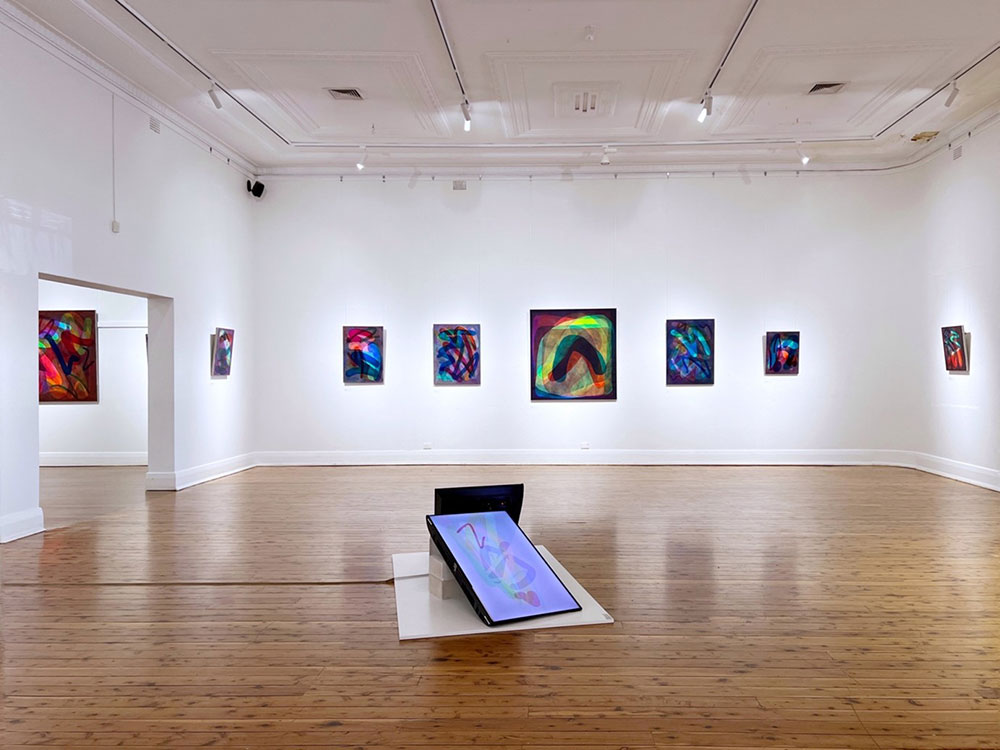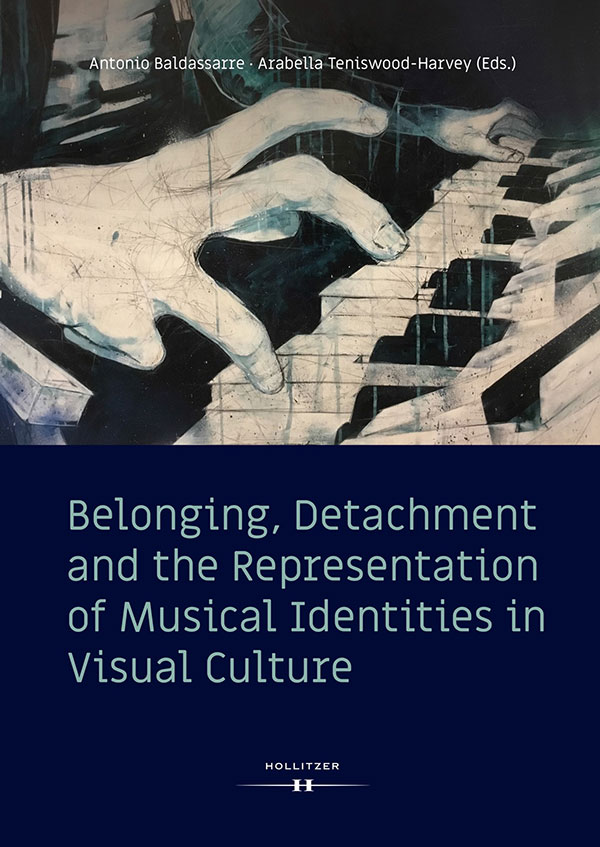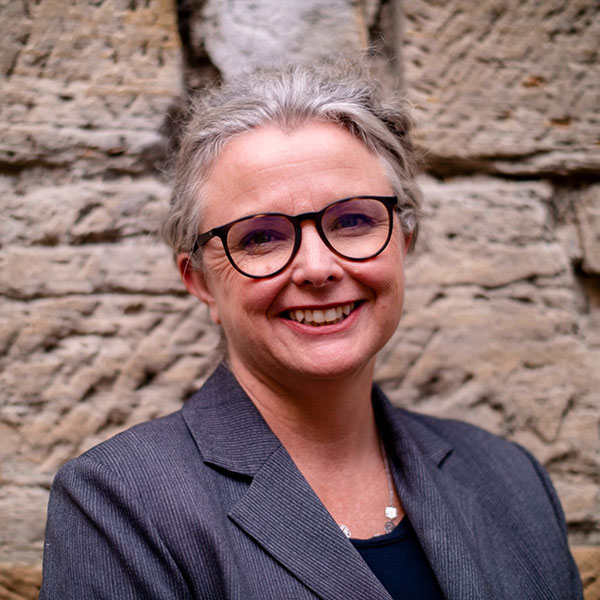Our vibrant creative community brings together students, staff, researchers and industry across Fine Arts, Design, Media and Communications, Music and Theatre.
We work in brand-new inner-city facilities at Inveresk and in Hobart’s Creative Arts Precinct, which combines creative spaces in a converted 19th-century factory on the Hobart waterfront with cutting-edge technology at the $110 million Hedberg.
Our programs are distinguished by the opportunities they present for students to work across their disciplines and collaborate on creative projects. If you are making a film, you will have the opportunity to work with a music student to develop sound design. If you are a fine arts student, you have the opportunity to work in a theatre production on props, costumes and sets. All of our students come together for Creative Lab, a festival-like event, to devise new works and present them to the public.
Through these experiences, students learn how to expertly communicate, creatively problem-solve, project manage and use their discipline expertise for new ways of thinking and creating collaboratively. These skills provide clear pathways to many creative careers, from musicians, artists, designers, media content creators, festival directors and producers. They prepare graduates to engage with and enter the creative and cultural sector.
Study with us
Engage with world-class creatives
Through our Artist in Residence, Arts Forum, masterclass programs and internships, you will engage with acclaimed artists, performers and creatives working with MONA, TMAG, QVMAG, Dark Mofo, Festival of Voices and other partners.
Mentoring
You’ll be mentored by approachable teachers who happen to be some of Tasmania’s most exceptional creative talent, while experimenting and collaborating with students from all walks of life.
Career-ready
Graduate with work-ready skills and knowledge, a portfolio of genuine projects and a professional network to help start your creative career in Australia’s $14.7 billion arts and entertainment sector.


